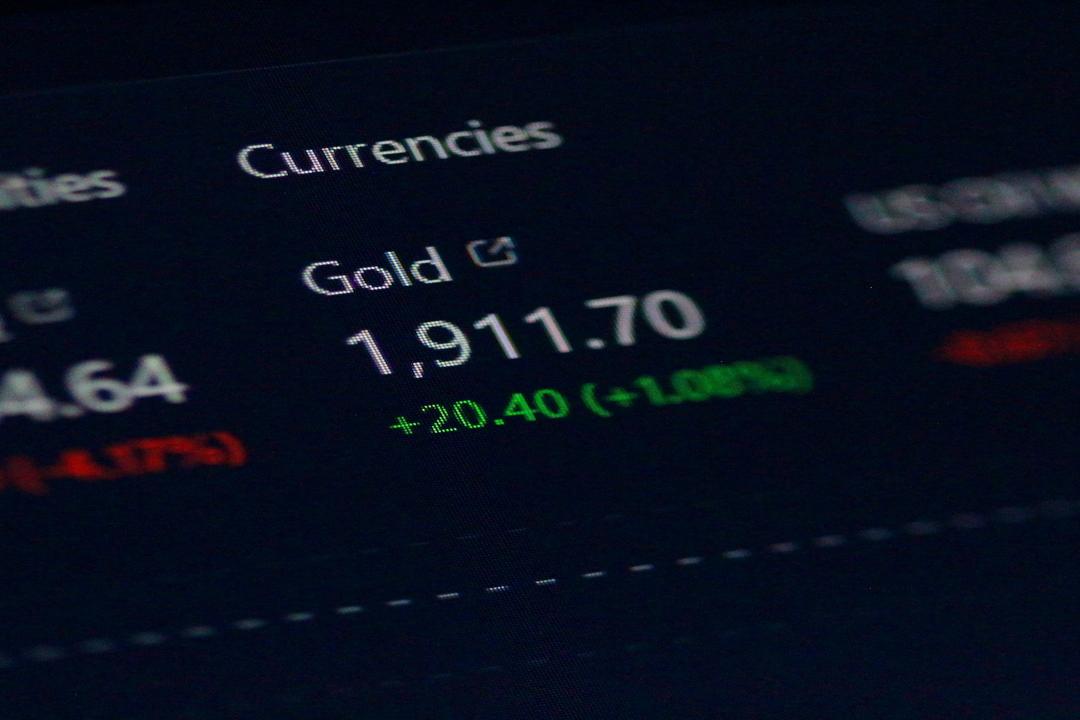Grayscale Releases Latest Research Report
Grayscale has released its latest research report, which compares the strong performance of various cryptocurrencies in February. The report also highlights the impact of the Federal Reserve’s interest rate schedule on cryptocurrency prices and advises investors to pay attention to the upcoming inflation report and the policy rate guidance to be updated at the March 20th meeting.
Table of Contents
Toggle
Cryptocurrencies Outperformed Other Assets in February
Ether Outperformed Bitcoin in February
FIL and UNI Also Performed Well
Federal Reserve Interest Rate Schedule Will Affect Cryptocurrency Price Trends
In February, the price of Bitcoin rose by 45%, surpassing $60,000 for the first time since the fourth quarter of 2021, ending the month only 9% below its all-time high. Grayscale believes that the price increase may reflect the influx of significant funds into new US-listed ETFs and expectations for the halving of Bitcoin issuance in April.
Both Bitcoin and Ether were among the best-performing assets in February, whether in absolute terms or risk-adjusted returns relative to volatility. As inflation rebounded, weakening hopes for interest rate cuts by the US and European central banks, the global bond market declined this month. Most stock markets rose, with emerging market stocks leading the way. Although the correlation between cryptocurrencies and traditional markets has been increasing in recent years, the performance of major tokens in February once again highlighted the diversification advantages of cryptocurrency assets.
Despite Bitcoin’s steady returns in February, it was still surpassed by Ether (ETH), the second-largest cryptocurrency by market capitalization, which rose by 47% in the same month. The market seems to be anticipating the Ethereum network’s key upgrade (Dencun) scheduled for March 13th. Ethereum is pursuing a modular design concept, and over time, more activity will occur on the second-layer blockchain connected to the Layer 1 mainnet. The upcoming upgrade will adapt to this growth by providing designated storage space on Ethereum for Layer 2, with the aim of reducing data costs and thereby expecting to increase its operational profitability.
Ethereum may also benefit from other favorable factors, including the attention given to “re-collateralization” technology, with industry leader Eigenlayer raising $100 million from venture capital firm a16z this month, as well as expectations for the approval of ETH ETFs.
The best-performing cryptocurrency category in February was utilities and services, which rose by 53%. This product category includes tokens related to artificial intelligence (AI) technology, some of which have seen significant gains. While Filecoin (FIL) was not initially designed with AI applications in mind, Grayscale believes it has benefited from market interest in this theme. The project initially focused on decentralized storage but now includes smart contracts and computational infrastructure, which may have a synergistic effect with blockchain-based AI applications. On February 16th, Filecoin announced integration with Solana, providing the network with decentralized block history. Filecoin currently dominates the decentralized data storage market (close to 99% market share).
On the other hand, the financial cryptocurrency industry rose by 34%. One reason for the increase was the surge in governance tokens of decentralized exchange Uniswap. The platform generates revenue through transaction fees, and on February 23rd, the governance lead of the Uniswap Foundation proposed directly distributing fee revenue to UNI holders, causing the token price to rise.
Grayscale believes that with the inflow of Bitcoin ETFs and various fundamental supports, the cryptocurrency market will perform strongly this year. However, macro factors such as Federal Reserve monetary policy and economic conditions will still affect cryptocurrency valuations. If the macro market outlook remains optimistic, many positive factors in the industry, including the Bitcoin halving and the upcoming Ethereum upgrade, may further drive token prices up this year. The price of Bitcoin is currently only 9% below its all-time high, so it may set new historical highs later this year.
In the fourth quarter of last year, Bitcoin benefited from the Federal Reserve’s shift from interest rate hikes to rate cuts. If the central bank does indeed cut interest rates in the coming months, it may weaken the US dollar and support the valuation of assets (including Bitcoin) competing with the dollar. However, recently released inflation data has risen again. If inflation remains high, Federal Reserve officials may consider postponing interest rate cuts until later this year or 2025, which could be a major obstacle to increasing cryptocurrency valuations in the short term.
However, Grayscale still believes that the most likely outcome is a continued decline in US consumer price inflation, which will eventually prompt the Federal Reserve to cut rates. However, cryptocurrency investors should still pay attention to the upcoming inflation reports (especially the CPI report on March 12th and the PPI report on March 14th) and the policy rate guidance to be updated at the Federal Reserve’s next meeting on March 20th.
FIL
UNI
Ether
Bitcoin
Grayscale
Federal Reserve

